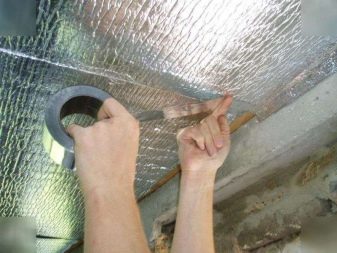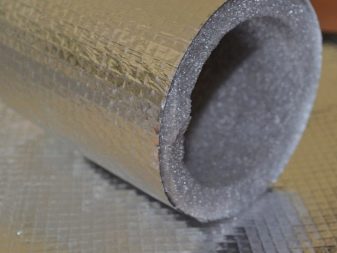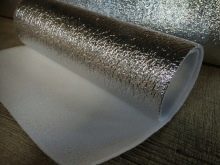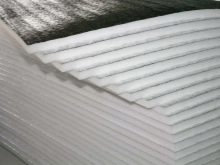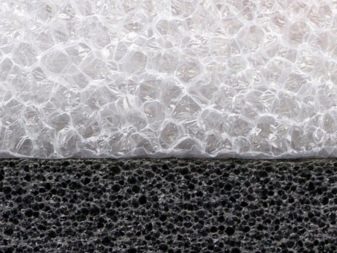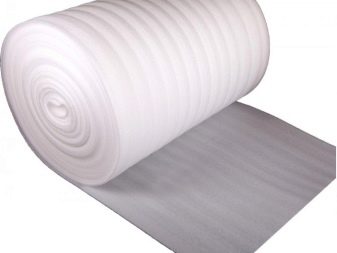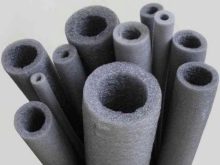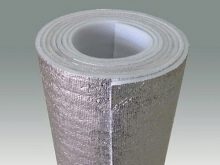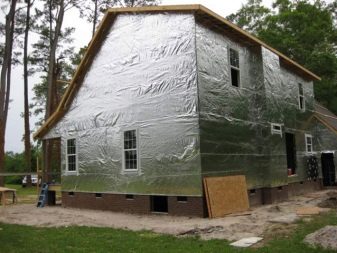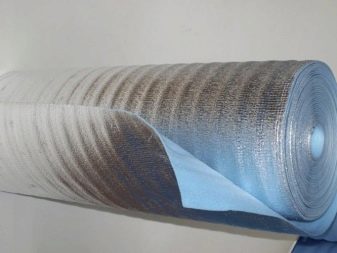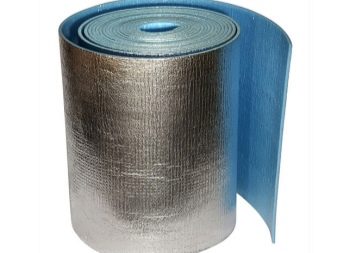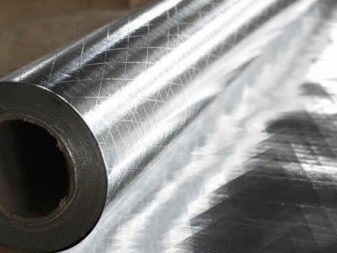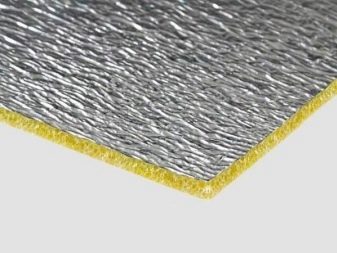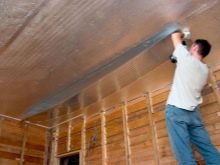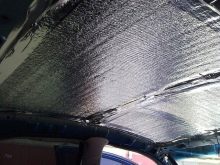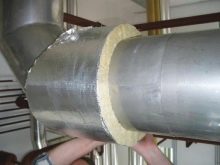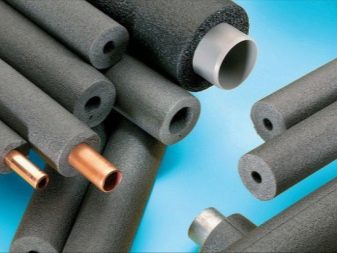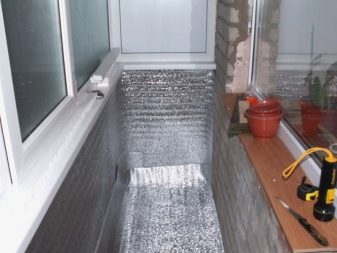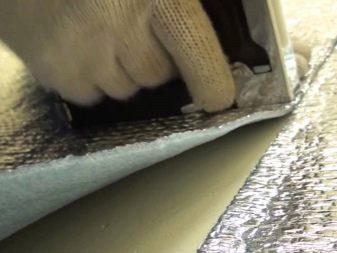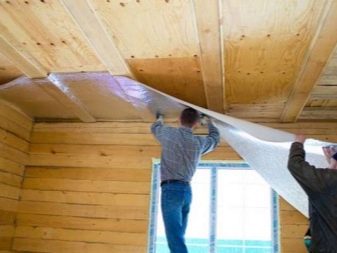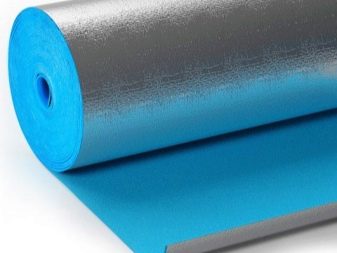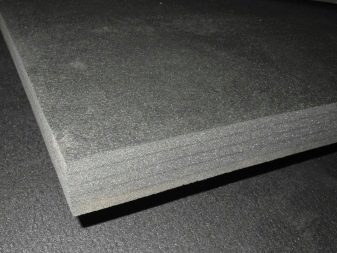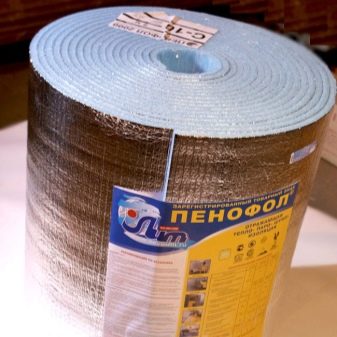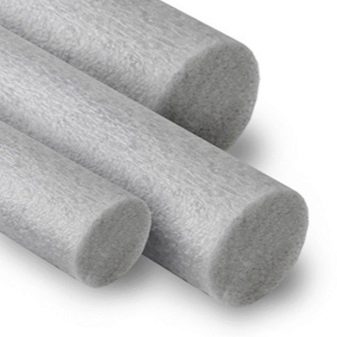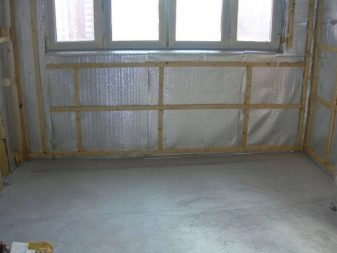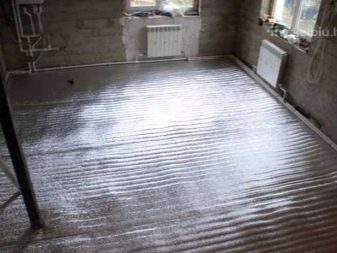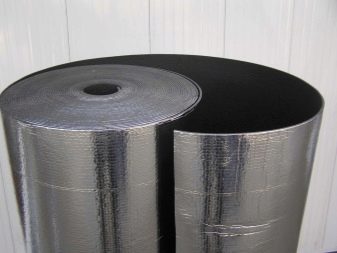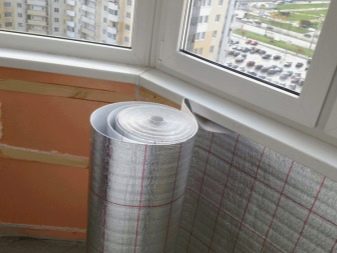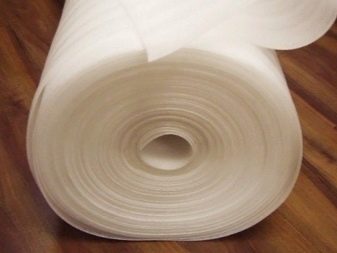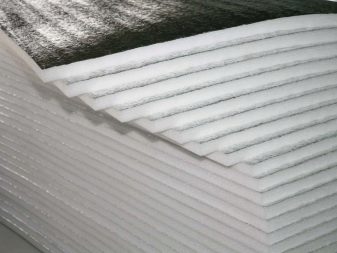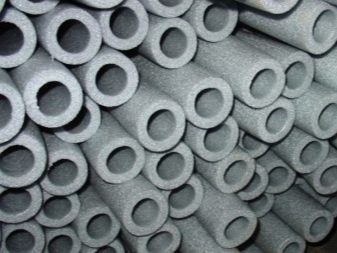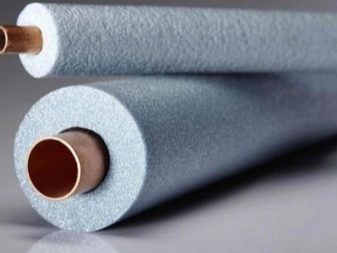Insulation made of polyethylene foam: description and specifications
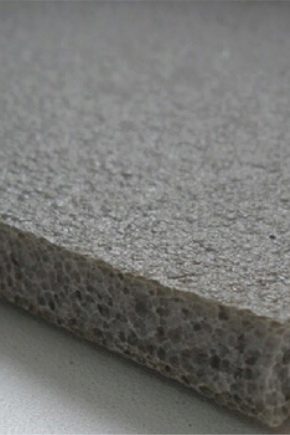
Polyethylene foam is one of the new insulating materials. It is widely used for various types of tasks from the thermal insulation of the foundation to the plating of water supply pipes. Excellent heat retaining characteristics, resistant structure, as well as compact dimensions cause high efficiency and increasing popularity of this material, which is also durable.
Special features
Production
Highly elastic material is made of polyethylene under the influence of high pressure with the addition of special additives, such as flame retardants, substances that prevent the ignition of foamed polyethylene.The production process is as follows: granulated polyethylene is melted in the chamber, liquefied gas is blown into it, which promotes foaming of the material. Next, the formation of a porous structure occurs, after which the material is molded into rolls, plates and sheets.
The composition does not include toxic components, which allows the use of material in any segment of constructionand not only in industrial facilities and in places isolated from humans. Also in the production process, a sheet of aluminum foil is applied to the sheet, which serves as an effective heat reflector, and to enhance the insulating properties, it is also polished. This achieves a level of heat reflection in the range of 95–98%.
In addition, during the production process, various characteristics of polyethylene foam can be modified, for example, its density, thickness and the required dimensions of the products.
Specifications
Polyethylene foam is a material with a closed-porous structure, soft and elastic, produced with various dimensional parameters. It has a number of properties characteristic of gas-filled polymers, including the following:
- density - 20–80 kg / cu. m;
- heat emission - 0.036 W / sq. m, this figure is lower than that of a tree having 0.09 W / sq. m or a heat-insulating material such as mineral wool - 0.07 W / sq. m;
- designed for use in an environment with a temperature range of -60 ... +100 C;
- powerful waterproofing performance - moisture absorption does not exceed 2%;
- excellent vapor permeability;
- high sound absorption with a sheet thickness of more than 5 mm;
- chemical inertness - does not interact with the majority of active compounds;
- biological inertness - fungal mold does not reproduce on the material, the material itself does not rot;
- huge durability, under normal conditions, not exceeding the established norms of exploitation, high-quality polyethylene retains its properties for 80 years;
- biological safety, substances in the composition of foamed polyethylene are non-toxic, do not provoke the development of allergies and other health problems.
At a temperature of 120 ° C, which goes beyond the operating temperature of the material, polyethylene foam is melted into a liquid mass. Some components that are newly formed as a result of melting can be toxic, however, under normal conditions, polyethylene is 100% non-toxic and completely harmless.
Application of insulation will be very simple, if you follow all the recommendations.
Compared to other materials, the reviews about it are more positive. Doubts about whether it is dangerous, in vain - the material can be safely applied. Another positive fact - it does not leave stitches.
Insulation marking
Heaters based on polyethylene are divided into many types, in order to indicate the presence of certain features, marking is used, namely:
- "BUT" - polyethylene, covered with a layer of foil on one side only, is practically not used as a separate insulation, but only as an auxiliary layer with other materials or a non-foil analogue - as a waterproofing and reflective structure;
- "AT" - polyethylene covered with a layer of foil on both sides, is used as a separate insulation in interfloor ceilings and interior partitions;
- "WITH" - polyethylene, on the one hand covered with foil, and on the other - self-adhesive composition;
- "ALP" - material covered with foil and laminated film on one side only;
- "M" and "R" - polyethylene, covered with foil on one side and having a corrugated surface - on the other.
Application area
Excellent properties with small dimensions allow the use of polyethylene foam in various fields and is not limited to construction.
Common options are:
- during construction, repair and reconstruction of residential and industrial facilities;
- in instrument and automotive industry;
- as a reflective heat insulation of heating systems - it is installed in a semicircle near the battery from the wall side and redirects the heat inside the room;
- to protect pipelines of various nature;
- for stopping bridges of cold;
- for seal of various cracks and apertures;
- as insulating material in ventilation and air conditioning systems, and some types in smoke exhaust systems;
- as thermal protection during the transportation of goods that require certain temperature regimes and much more.
Recommendations for use
The material consists of several layers, each of which has its own purpose. With a certain specificity of the application, some of the properties do not manifest themselves, which makes them useless. Accordingly, in such a situation, you can apply a different type of polyethylene foam and save on unnecessary additions, for example, a foil layer.Or, on the contrary, the type of material does not correspond to the specifics of the application and is ineffective due to the lack of the necessary qualities.
The following options are possible:
- When casting with concrete, laying under a warm floor or in other similar situations, the foil surface does not give a reflective effect, since its working environment is an air gap that is absent in such structures.
- If foam-free polyethylene without a foil interlayer is used to reflect the infrared heater, the efficiency of heat re-radiation is almost absent. Only heated air will linger.
- Only polyethylene foam layer has high thermal insulation properties, this property does not apply to foil or film interlayer.
This list only gives an example of specific and implicit subtleties of using polyethylene foam. Having carefully studied the technical characteristics and having estimated the upcoming actions, it is possible to determine what and how to do better.
Kinds
On the basis of polyethylene foam, many types of heaters are produced with various purposes: heat, hydro, noise insulating slope. There are several options that are most common.
- Foam with foil on one or two sides. This type is a variant of reflective insulation, most often realized in rolls with a sheet thickness of 2-10 mm, the cost of 1 square. m - from 23 rubles.
- Double mats from the made foam polyethylene. They belong to the materials of basic insulation, are used to cover flat surfaces, for example, walls, floors or ceilings. Between the layers are connected by thermal soldering and completely sealed. Sold in the form of rolls and plates 1.5–4 cm thick, the cost of 1 square meter. m - from 80 rubles.
- "Penofol" - branded product from a well-known manufacturer of building materials of the same name. Polyethylene foam of this type is characterized by good noise and heat insulation. It consists of a sheet of foamed polyethylene with perforation and a self-adhesive layer that provides easy installation. It is sold in rolls 3–10 mm thick with a length of 15–30 cm and a standard width of 60 cm. The cost of one roll is from 1,500 rubles.
- "Vilaterm" - This is a heat insulating sealing harness. It is used for thermal insulation of door and window openings, ventilation and chimney systems. The working temperature of the product ranges from -60 ... +80 degrees C.It is realized in coils with a section of a harness of 6 mm. Cost per 1 meter - from 3 rubles.
Advantages and disadvantages
New technologies make it possible to create polymeric materials with excellent performance qualities that exceed the desired parameters for natural materials.
The positive qualities of polyethylene foam include:
- the lightness of the material provides a simple and convenient installation without the cost of physical force;
- over the range of operating temperatures - from -40 to +80 - can be used in almost any natural environment;
- almost absolute thermal insulation (thermal conductivity coefficient - 0.036 W / sq. m), which prevents heat loss and cold penetration;
- the chemical inertness of polyethylene allows it to be used together with aggressive materials, for example, lime, cement, in addition, the material is not soluble in gasoline and machine oils;
- powerful waterproofing properties provide additional protection from moisture, which, for example, increases the service life of metal elements coated with polyethylene foam by 25%;
- due to the porous structure, even with a strong deformation of the sheet of polyethylene, it does not lose its properties, and the memory of the material returns to its original shape at the end of exposure to the sheet;
- biological inertness makes foamed polyethylene unsuitable for food to rodents and insects; mold and other microorganisms do not reproduce on it;
- Given the non-toxicity of the material, except for the combustion process, it can be used in any premises related to human activity, for example, in private houses or apartments;
- simple installation, the material is fixed without any problems with various locking means, it is easy to bend, cut, drill or process in any other way;
- Considering the outstanding thermal insulation properties, its price is lower than that of similar polymers with a similar purpose: expanded polystyrene or polyurethane foam becomes even more profitable;
- high noise-insulating properties, manifested when the sheet thickness is from 5 mm, it can be used as a dual-purpose material, for example, for simultaneous insulation and sound insulation of the walls of a private house.
Manufacturers Overview
The range of polymeric insulating materials is quite diverse; among many manufacturers, there are several that differ in manufacturing a quality product and have a positive reputation.
- "Izokom" - manufacturer of polyethylene using modern equipment and innovative technologies. The products are sold in rolls and are distinguished by good noise insulation, durability, convenient installation and high vapor permeability.
- "Teplofleks" - manufacturer of environmentally friendly polyethylene foam. Insulation sheets are characterized by elasticity, which provides convenient laying and resistance to tearing under tension.
- "Jermaflex" - it is a high-quality polyethylene foam with a wide range of operating temperatures. The polymer has excellent mechanical and noise insulating properties, as well as high resistance to aggressive chemical compounds.
- Quick-step - the product manufactured in the Russian Federation under the European license is fully certified and meets quality standards. High noise insulation, eco-friendly composition, the ability to combine with different materials - this is only part of the positive properties of this material.
You will learn more about foam polyethylene insulation in the following video.
